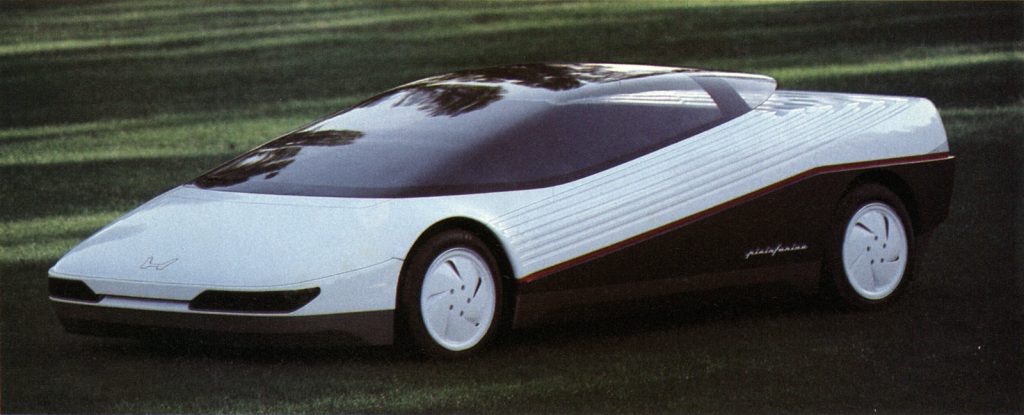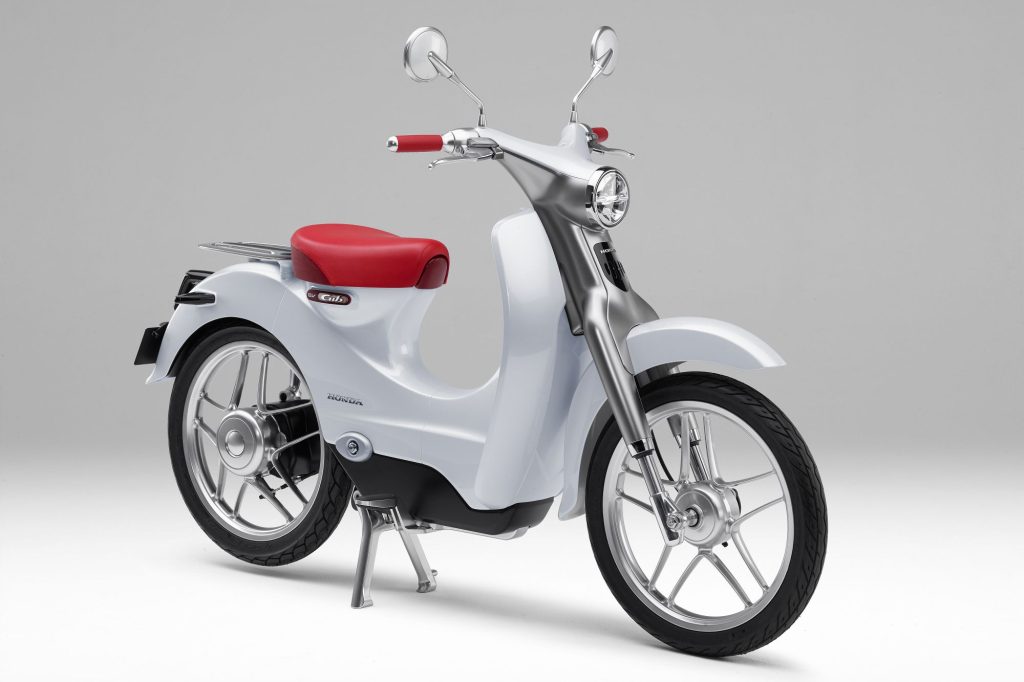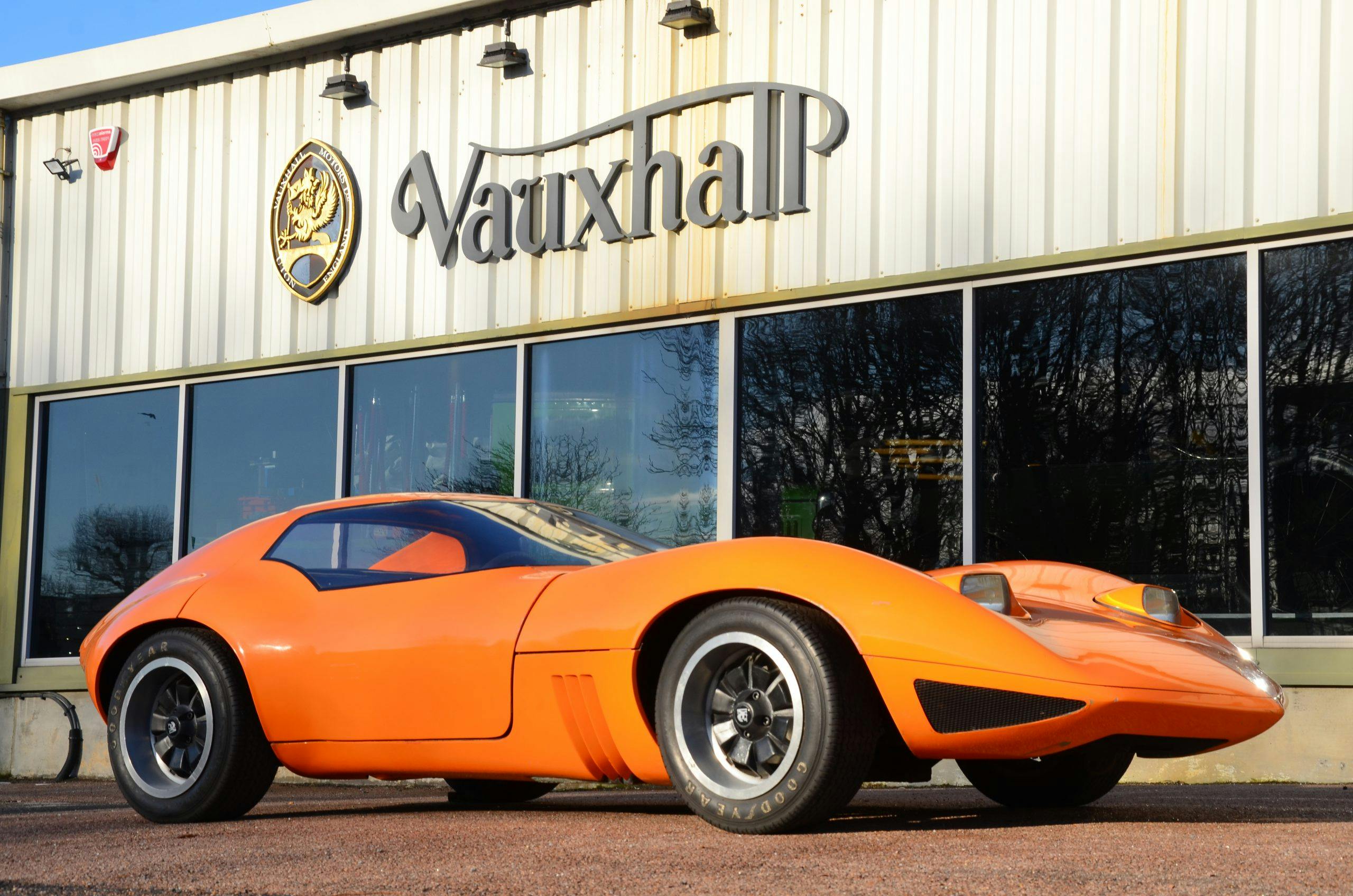‘Concept car for the road’ is an overused term among car enthusiasts. Very few models truly make the transition between concept and production vehicle undisturbed, and many of those that change the least are a case of smoke and mirrors, where a ‘concept’ didn’t inspire the production car, but instead an already-signed-off design is dressed up with bigger wheels and shinier paint to ‘preview’ a vehicle arriving in just a year or two.
So you’ll forgive us a raised eyebrow at reports that the new Honda 0 Series, or ‘zero’ concept, unveiled recently at the Consumer Electronics Show in Las Vegas, closely previews a new production car arriving in 2026.

To be fair to Honda, it has not been too wide of the mark in the past – though the company also has quite a back catalogue of true pie-in-the-sky concept vehicles. Below we’ve selected ten of our favourites, including a couple that show the 0 Series isn’t the first time we’ve seen a lounge-like new-energy saloon from the Japanese brand.
2003 Honda Kiwami

The new Honda 0 Series concept looks familiar. Really familiar. Not sci-fi familiar, but “I think Honda might have done this before” familiar. Well, you aren’t imagining things, as back in 2003 the company unveiled the Kiwami concept, a premium saloon that at casual glance looks almost identical to Honda’s latest concept.
Then as now, Honda was aiming for a minimalist look inside and out. The company likened the Kiwami to “the beauty of a landscape as it changes hues with the seasons,” though the 2003 concept did get a more prominent boot, rather than the 0 Series’ breadvan look. The key difference though is the powertrain: Back in 2003, Honda still felt hydrogen fuel cells were the way forward, whereas the 0 Series is an EV.
2001 Honda Dualnote

We would never say that Honda was out of ideas, but two years before the Kiwami, Honda launched the Dualnote. It was … err, a somewhat low-slung, premium four-seater, though as we’re going back in time, this one was neither EV nor fuel-cell but a hybrid, a technology Honda was already exploring at the time.
Power came from a 3.5-litre naturally aspirated V6 engine, paired with the brand’s Integrated Motor Assist hybrid setup, though this used three motors rather than the single one you’d find in a Honda Insight. Combined output was around 400bhp and sent to all four wheels, but Honda claimed it’d do more than 50mpg. Not the prettiest concept Honda has ever made, but gamers could get behind the virtual wheel as the two-tone machine in 2002’s Gran Turismo Concept.
1999 Honda Spocket

We’re going back another two years with the Honda Spocket, this time tracing the styling thread of the Dualnote. The two certainly share a similarity at the front, and both embrace a two-tone colour scheme, too. But from there they diverge, as the Spocket (and you’re reading that correctly, it’s not “sprocket”) was actually a compact two-seater pickup.
The front axle was powered by a four-cylinder engine with hybrid assistance, while the rear got electric power, for all-wheel drive. Doors opened Lamborghini-style, the bed was (according to Honda’s sketches) large enough to shuttle a go-kart around (or a plus-two pair of seats could pop out of it), while the powered roof over the cabin could retract to sit over the bed.
1984 Honda HP-X

We’re not done with wedges yet. By the standards of most Japanese car companies, Honda didn’t seem to waste much effort on concept cars during the 1980s, but a glance at the HP-X suggests engineers and designers were mulling a supercar long before the NSX made its debut at the turn of the next decade.
Styled by Pininfarina (the HP-X name meaning ‘Honda Pininfarina Experimental’) and unveiled at the 1984 Turin motor show, the HP-X had a single-piece Perspex cockpit which raised to allow entry, and power came from a 2-litre V6, derived from that used in Honda’s Formula 2 machines of the era. While the later NSX was unrelated, the HP-X showed where the company’s collective mind was at the time.
1991 Honda EP-X

We’re jumping forward in time again now to the 1991 Honda EP-X. If performance has always been one of Honda’s central tenets, then environmental friendliness has always been another. The EP-X is probably the kind of thing a lot of us thought eco-cars would look like by now: tiny, light, and aerodynamic, rather than simply SUVs with batteries slung underneath.
The EP-X got its power from a 1-litre, three-cylinder petrol engine with VTEC-E – Honda’s alternative VTEC technology, which prioritised low-rev efficiency over high-rev power. It made nearly 70 horsepower, but the real benefit in such a low, narrow, tandem form was 100mpg economy. The actual future feels a lot less fun to us.
2009 Honda EV-Cub

Now, 100mpg is impressive for a car, but Honda Super Cub riders have been getting figures like that for decades. The world’s most prolific motorised vehicle – with well over 100 million units sold since 1958 – is also one of its most efficient, but it could in theory be improved further with clean electric power, something Honda previewed in 2009.
The EV-Cub featured a removable battery mounted low in its underbone chassis and simple styling directly inspired by the original. Other than a simplified sub-moped version offered in China, though, Honda has not yet put an electric Cub into production. Perhaps, when the original is already so efficient and so affordable for so many, the potential market for an electric model is too small.
2015 Honda Project 2&4

From a two-wheeler to a car inspired by two-wheelers. Honda unveiled the Project 2&4 in 2015, with a single-seater layout and white/red colour scheme inspired by its 1960s Grand Prix racers. The 999c V4 engine was straight out of its (at the time) dominating MotoGP bikes, giving 212bhp at a screaming 13,000rpm.
Somehow the 2&4 was even more skeletal than other stripped-down track cars, like the Ariel Atom, with the driver seat virtually hanging off the chassis to the side. The absence of bodywork resulted in a 405kg kerb weight, and while Honda has never made a production version, it was, like the Dualnote further up, ‘driveable’ in a Gran Turismo game: Gran Turismo Sport on the PS4.
2007 Honda Puyo

It just wouldn’t be right to scribble down a list of concept cars from a Japanese manufacturer without including something deeply odd, and the 2007 Puyo concept is probably among the odder Honda has ever created – a blob-like fuel-cell city car designed to “please both users and onlookers alike.”
Not just visually, either. ‘Puyo’ is apparently a Japanese onomatopoeic word “that expresses the sensation of touching the vehicle’s soft body,” to “convey a warm, friendly impression.” If you’re not a fan of strangers coming up to fondle your car then it probably wouldn’t be the vehicle for you, though we’re also imagining a pleasing cartoonish ‘boing’ noise if you happen to bump something when parking it.
2017 Honda Sports EV

Honda’s biggest 2017 concept debut was probably the Urban EV, a big-wheeled, retro-styled hatchback that became the Honda E production car, albeit with a much less dramatic shape. But the Sports EV concept launched the same year is much more interesting to us. If the Puyo invites you to touch it, the Sports EV very much encourages driving.
Honda announced disappointingly little information on the concept, perhaps tacit admission that it wouldn’t see the light of day. But its visual similarity to the Urban EV and the Honda E suggested a rear-mounted electric motor, and a broad dash-mounted touchscreen was visible – while an AI assistant could display messages in the car’s front and rear black panels.
1995 Honda SSM

In covering only 10 vehicles here, we’ve inevitably had to leave out plenty of great concepts, but it’s impossible to leave out the SSM. You’ll immediately place it as the predecessor to the S2000 production car that arrived in 1999, but that link almost doesn’t do the concept justice, for the most Honda of reasons: its engine.
The S2000’s F20C four-cylinder was remarkable, but had it been closer to the concept, we could be eulogising about an inline-five instead. The SSM used a 2-litre, 20-valve five with an 8000rpm redline, which would no doubt have sounded remarkable. Thankfully, Honda ignored the SSM’s ‘F-matic’ automatic transmission with the S2000, while its open cockpit – while driver-focused – was undoubtedly more practical than the SSM’s two individual enclosures would have been.









